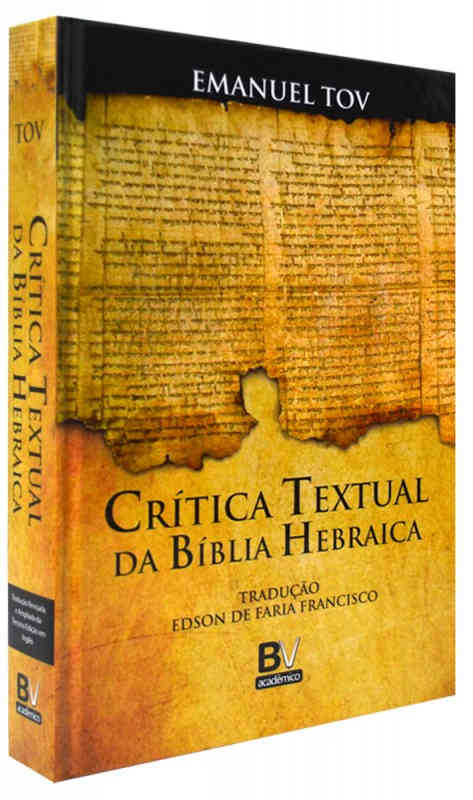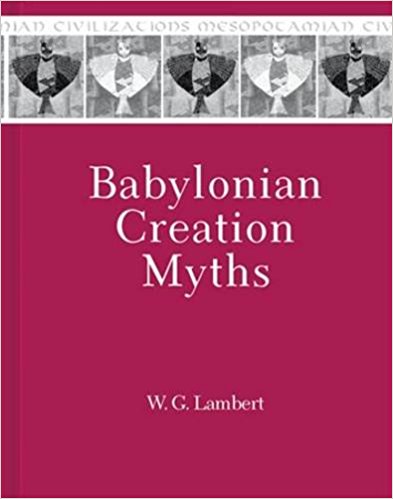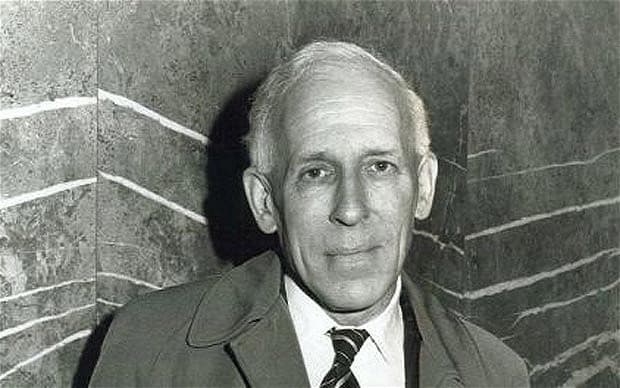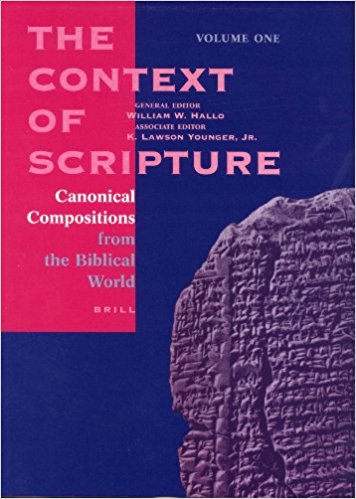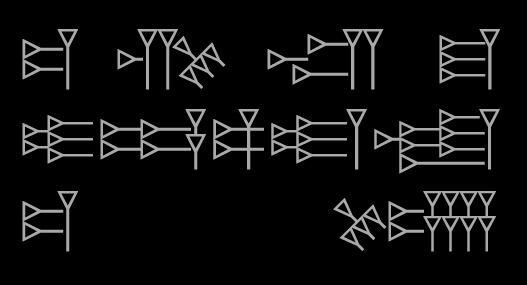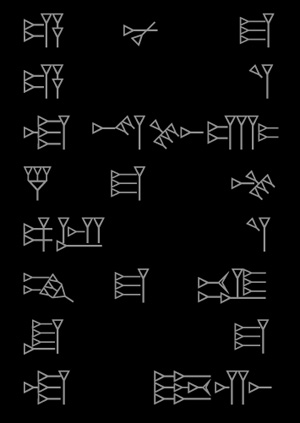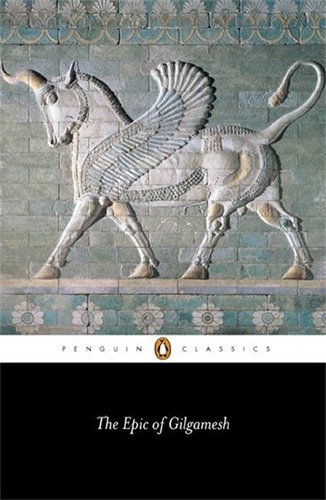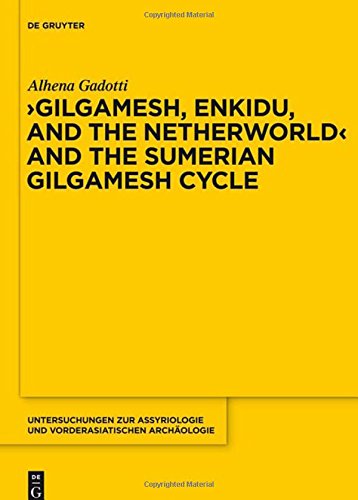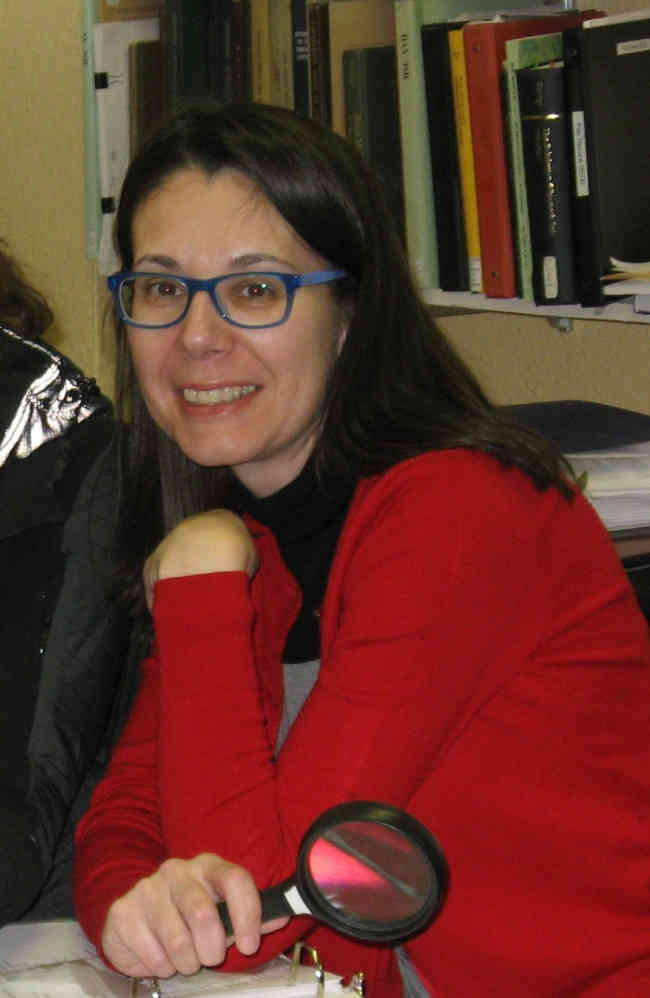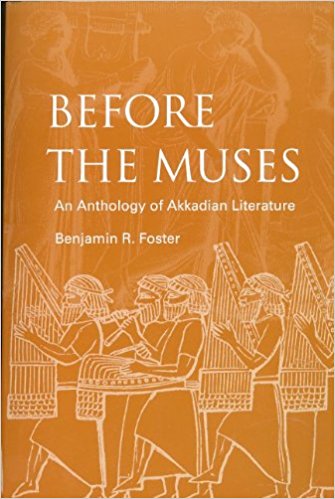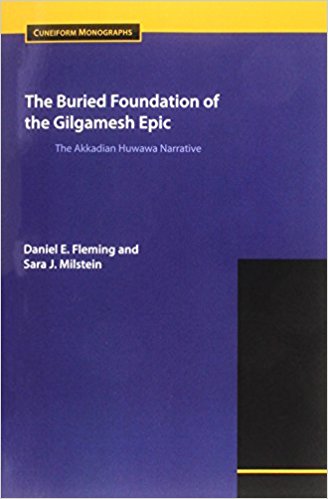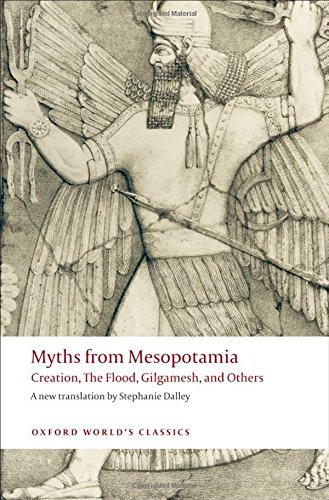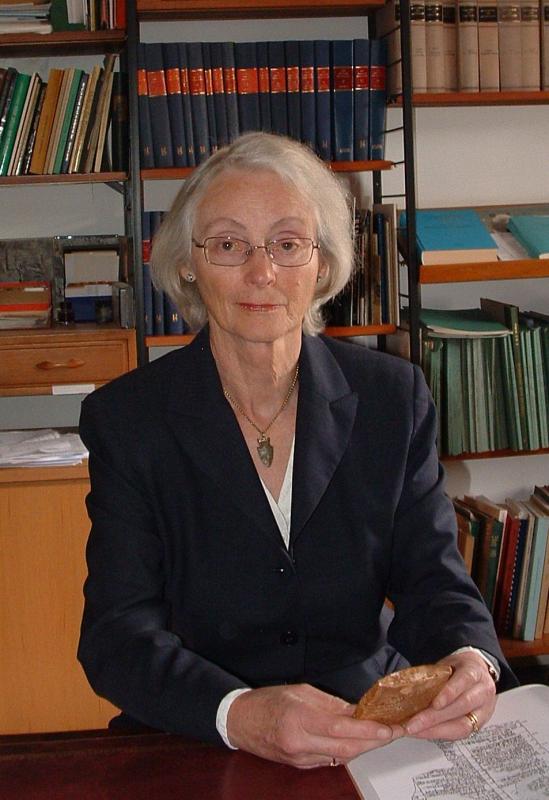TOV, E. Crítica textual da Bíblia Hebraica. São Paulo: BV Books, 2017, 544 p. – ISBN 9788581581132.
Desde a sua publicação inicial em 1992, a obra Crítica Textual da Bíblia Hebraica – Textual Criticism of the Hebrew Bible no original inglês – se estabeleceu como um indispensável texto acadêmico, tornando-se referência sobre o assunto. Nesta edição, Emanuel Tov incorporou totalmente os insights dos últimos vinte anos de estudos acadêmicos, incluindo novas perspectivas sobre os textos bíblicos a partir dos estudos dos manuscritos bíblicos do Deserto da Judeia agora publicados [cf. aqui].
Aqui o estudante encontrará uma introdução bem organizada para os recursos e prática da crítica textual, enquanto o estudioso encontrará uma penetrante discussão programática criteriosa dos seus métodos.
Obra indispensável para todos que lidam com textos da Bíblia Hebraica, a tradução brasileira foi realizada a partir da 3ª edição inglesa revista e expandida, publicada em 2011.
Emanuel Tov (nascido em 1941) é Professor Emérito no Departamento de Bíblia da Universidade Hebraica de Jerusalém.
O autor e a obra estão entre os mais célebres. Vale a pena.
